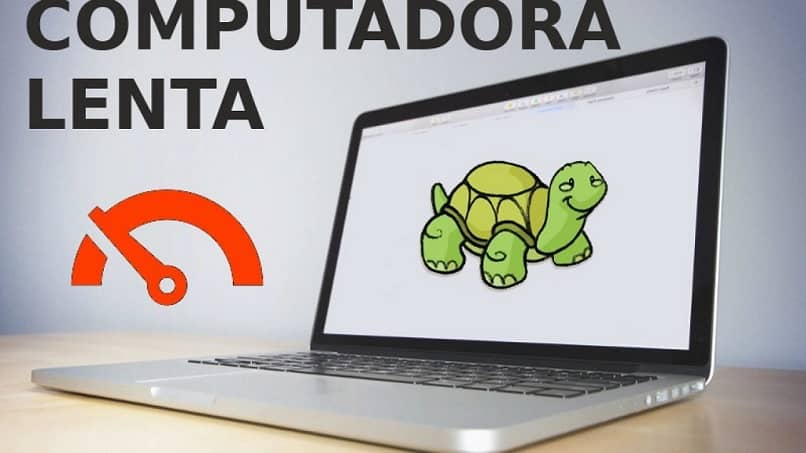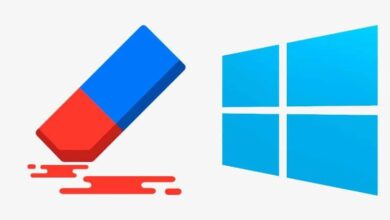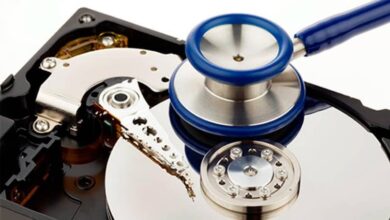How do I know which program is slowing down the computer? - 100% efficient solution

Usually, users face the same problem with computers - slow computer over time. In this article, we are going to teach you what program slows down the computer - a 100% effective solution.
These types of problems are inevitable because junk files, overloaded software, and registry errors slow down computers.
En knowing the performance of the PC using the Winsat command, you can conclude that it is urgent to clean, optimize and speed up Windows 10 PCs.
Computer novices are starting to wonder if they already need a new computer or maybe there is still hope and they can bring in a technician who will update everything. needs to be updated.
Fortunately, there is of means more simple speed up computer performance, and it doesn't take a computer expert to know how to fix a slow computer.
You just need to know which tools to use. Therefore, here we will give you some tips to keep your PC running like new.

Sort startup items and operating system
The applications that are currently running on your computer and those that try to load at the same time as your Windows operating system version or MacOS constitute a good starting point for determining which program is slowing down your computer .
For this, we need the task manager in Windows or the activity monitor in MacOS.
The task manager, which has become much easier to use and useful over the years, can be found in right-clicking on an empty part of the taskbar and choosing Task Manager .
On macOS, launch Spotlight (Ctrl + Space), then type "Activity Monitor" and select it when it appears.
In both utilities you can see exactly where your CPU time, disk cycles and RAM are going , so beware of bad actors who monopolize more system resources than they are entitled to.
Hard drive space, hard drive failure
If you are running out of hard drive space, your operating system will not be satisfied, and you may experience a general slowdown while changing files to try and resolve the issue.
Another way to find out which program is slowing down your computer is to check the problem from system storage in the Windows Settings app or by choosing About This Mac from the Apple menu in MacOS.
There is no magic in getting more space on your local drive: it is simply a matter of delete files and apps you no longer need .
The best candidates for deletion might be anything you've backed up elsewhere (like iTunes movies or photos), as well as programs that you haven't used in months (or years).
Windows and MacOS are ready to help you if needed. Search « Disc cleaning In Windows to identify files that can be safely deleted.
And click the Manage button in the About This Mac dialog on macOS to clean up the clutter and maybe move some of your files to iCloud.

If all else fails ...
There are always a couple of third-party apps to help you clean up: apps like CCleaner(Windows and macOS), System Mechanic (Windows) or CleanMyMac (macOS), can help solve this type of problem .
These tools automate many of the processes we have already discussed and provide you with an easy-to-use interface to manage everything as well .
All of this should give you some clues to identify the sources of sluggishness on your computer. If even that doesn't help, and your computer isn't terribly old, then nothing beats a clean reinstallation, be it on Windows or MacOS.




